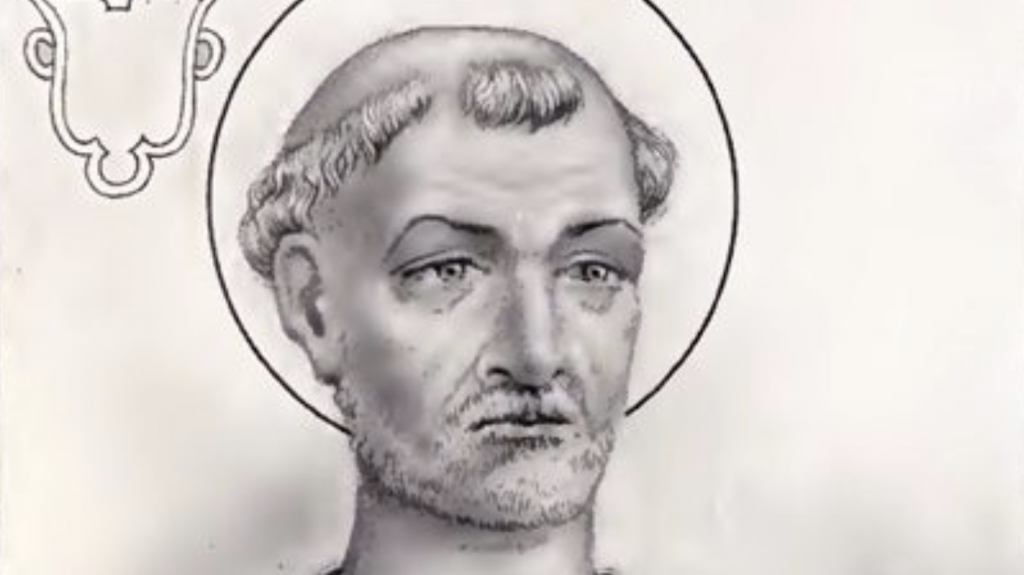St. Marcellus was chosen as pope near the end of the Diocletian persecution, around 308-309. Because of the persecutions, the Church had been without a pope for over a year. When Marcellus was elected, he faced a number of challenges — he had to reconstitute the clergy, which had been decimated. Many priests worked in secret, fearing for their lives, or had already denied the faith in order to avoid death. Marcellus welcomed back any who had denied the Christian faith.
A group of apostatized priests, known as the Lapsi, refused to do penance. Marcellus refused to let them re-enter the Church. The Lapsi used their political connections to have Emperor Maxentius exile the pope in retaliation. Although legend says that Marcellus was forced to work as a stable slave, this appears to be untrue. He did, however, die in exile as a result of the terrible conditions he was placed under. He is considered a martyr for the Church.
St. Marcellus was originally buried in the cemetery of St. Priscilla in Rome, but his relics were later moved to San Marcello al Corso Church in Rome, where they remain under the altar.

